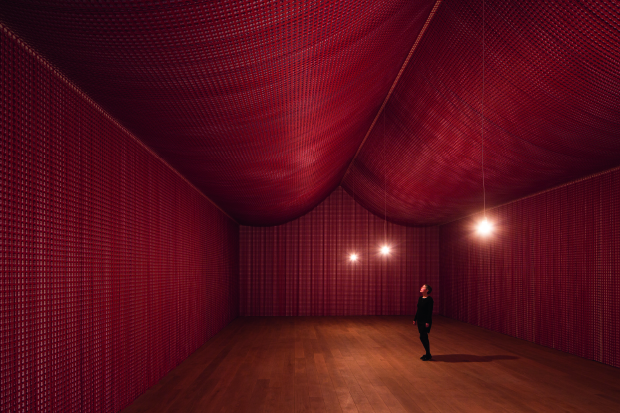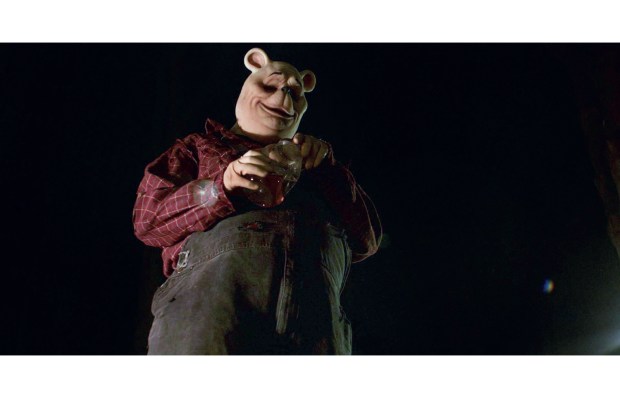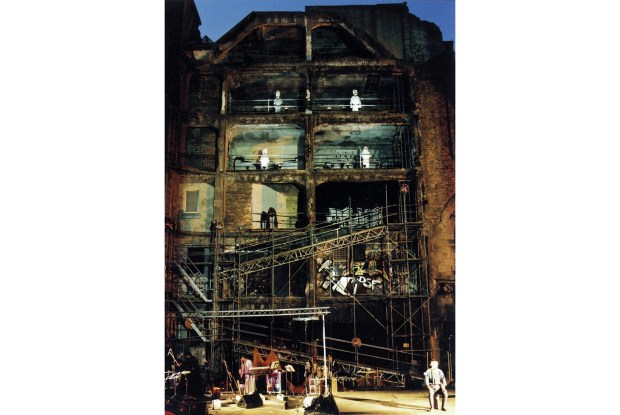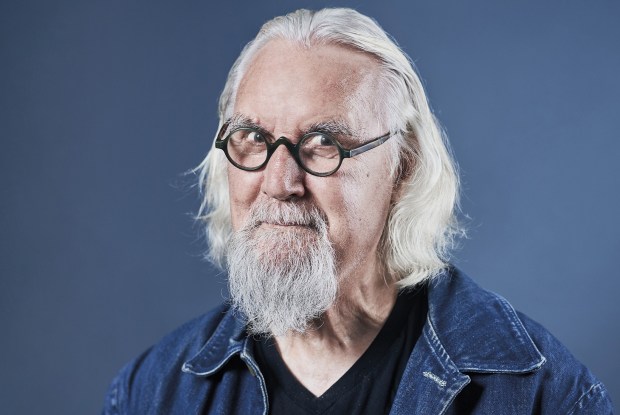On 1 July, at a swanky party at Tate Modern, one of Britain’s museums will bank a cheque for £100,000, as the Art Fund announces this year’s Museum of the Year. Sure, the money will come in handy. Sure, the publicity will be useful. But this posh bunfight can’t disguise a growing sense that museums face an existential crisis. Cuts are one problem — some say the present round will take museums ‘back to the 1960s’. But they also face a more profound dilemma. In the age of Wikipedia and Google Images, what are modern museums actually for?
When I was a child museums were my adventure playgrounds, but was my enthusiasm merely relative? After all, in the 1970s there really was very little else to do. Shops were shut on Sundays. Television was awfully finite. Never mind the internet — even home video was science fiction. If you wanted to mug up on anything, there were two options: get a book out of the library or go to a museum.
Half a lifetime later I still love museums, but my children don’t feel the same way. I used to drag them along when they were younger, but now they’re nearly as big as me it’s almost impossible to persuade them. It’s hard to recreate that sense of wonder I used to feel, now all the treasures I used to marvel at are only a computer click away. For them, my passion for museums has become a running joke, a quaint example of how old and out-of-touch I am. They’re interested in the world around them, but they’d far rather watch a DVD or look it up online than trek to a museum.
Museums used to be monuments to the wealth and power of nations. The British Museum was a demonstration of imperial muscle. But now nationalism is taboo and hoarding foreign artefacts is frowned upon. And the people building big museums — and big collections — these days are the Qataris. In cost-cutting Britain, conversely, museums have become a soft target. Culling curators is a lot more politically expedient than sacking nurses.
Told to be inclusive, not elitist, in order to justify their funding, modern museums have sometimes swung too far the other way. ‘An ace caff with quite a nice museum attached’, ran the slogan of the V&A’s ad campaign in the 1980s. This self-deprecating sales pitch attracted widespread ridicule at the time, but it was prophetic. Some weekends, Tate Modern resembles nothing so much as an enormous crèche. The bookshop and restaurant are both heaving, but if you sneaked in and stole all the exhibits, would anybody notice? It’s become a buzzy meeting place, but it often feels as if the artworks are incidental to its success.
One thing museums need to do to survive and thrive is challenge the preconceptions of their audience. The Tower of London, one of the six nominees for the Art Fund’s prize, is a perfect case in point. I’m sure I wasn’t alone in dismissing it as a tourist trap for foreign sightseers, but that was before ‘Blood Swept Lands and Seas of Red’, Paul Cummins’s memorial to the fallen soldiers of the first world war. By flooding the moat with 888,246 ceramic poppies — one for each British and Commonwealth serviceman who died — Cummins remade the Tower’s reputation. Millions of people came to see it. They didn’t even need to pay. For a week or so, apparently, it was the most Googled image in the world.
Dunham Massey, a stately home on Manchester’s leafy outskirts, is another example of the sort of thing I mean. Like so many National Trust properties, the house is handsome but I wouldn’t pay to look round it more than once, and it’s hard to separate it in my mind’s eye from a lot of other stately homes I’ve seen. However, like a lot of stately homes, during the Great War it was a military hospital, and as the centenary of this event drew near Dunham Massey had the bright idea of recreating those makeshift wards, in meticulous detail. ‘Every story we tell is true,’ says Dunham Massey’s general manager Stephen Adams. ‘It’s all based on diaries, letters, archives…’ Actors in period dress wander round, talking together in character, seemingly oblivious to modern visitors. You learn a lot about these injured Tommies. You almost feel you get to know them. It’s intensely atmospheric and very moving. Stephen often finds visitors in tears. No wonder admissions have more than trebled. This is something you could never recreate on the internet. It’s the first National Trust property to be nominated for the Art Fund’s award.
Dunham Massey’s success shows there’s no need to bore the punters with the whole story. Visitors can find that online. Instead, museums need to find something, anything, no matter how small or incidental, that people can connect with. When the National Trust started, it never used to bother showing off the backstairs stuff. It didn’t think anyone would be interested. Now the kitchens and stables and servants’ quarters are among the most popular attractions. Other museums need to follow suit. The best thing about the Imperial War Museum’s new first world war galleries isn’t the military hardware but the personal ephemera, such as the letter from a nine-year-old boy begging Kitchener to let him join up and fight the Hun.
A successful museum isn’t about dumbing down, it’s about sharing expertise — and when it really works it can regenerate an entire district. Belfast’s new Metropolitan Arts Centre, aka MAC, has played a leading role in rejuvenating the neighbourhood around St Anne’s cathedral. The side streets are filling up with trendy shops and cafés. It shows how an arts centre can act as an economic catalyst. The foyer is full of people — eating, drinking, gossiping… You can see why it’s such a popular rendezvous: it’s a beautiful building. Its centrepiece is a rainbow of tinted copper wire, stretched taut across the atrium. Sunlight streams through it, shedding a kaleidoscope of coloured shadows across the walls. An artwork by Mark Garry, called ‘The Permanent Present’, it’s a memorial to Thomas Devlin, a local schoolboy murdered ten years ago.
Oxford University’s Museum of Natural History is an illustration of what a museum can achieve when it’s prepared to change. A palatial neogothic pile, full of Pre-Raphaelite statuary, this was where clerics and academics debated Darwin’s Origin of Species. This was where the first dinosaur bones were displayed. They’re still here today. This museum has always been open to the public, but it hasn’t always been so user-friendly. It used to close on Sundays. The café is a recent addition. It’s still a scholarly institution, but now it’s full of families and schoolchildren. ‘Please touch’, say the signs. ‘Children see things before adults,’ says Wendy Shepherd, who shows me round. ‘We try not to say no.’ Since she started working here in 1999, visitor numbers have increased nearly tenfold. Children who come here on school trips learn to think of Oxford University as somewhere they could end up at, rather than a place for other people. Institutions like these show why museums still matter, and why they matter even more in our brave new virtual world. Learning should be something you do in three dimensions, with other people. In isolation, on a cold computer screen, it simply isn’t the same.
Got something to add? Join the discussion and comment below.
Get 10 issues for just $10
Subscribe to The Spectator Australia today for the next 10 magazine issues, plus full online access, for just $10.
You might disagree with half of it, but you’ll enjoy reading all of it. Try your first month for free, then just $2 a week for the remainder of your first year.














Comments
Don't miss out
Join the conversation with other Spectator Australia readers. Subscribe to leave a comment.
SUBSCRIBEAlready a subscriber? Log in